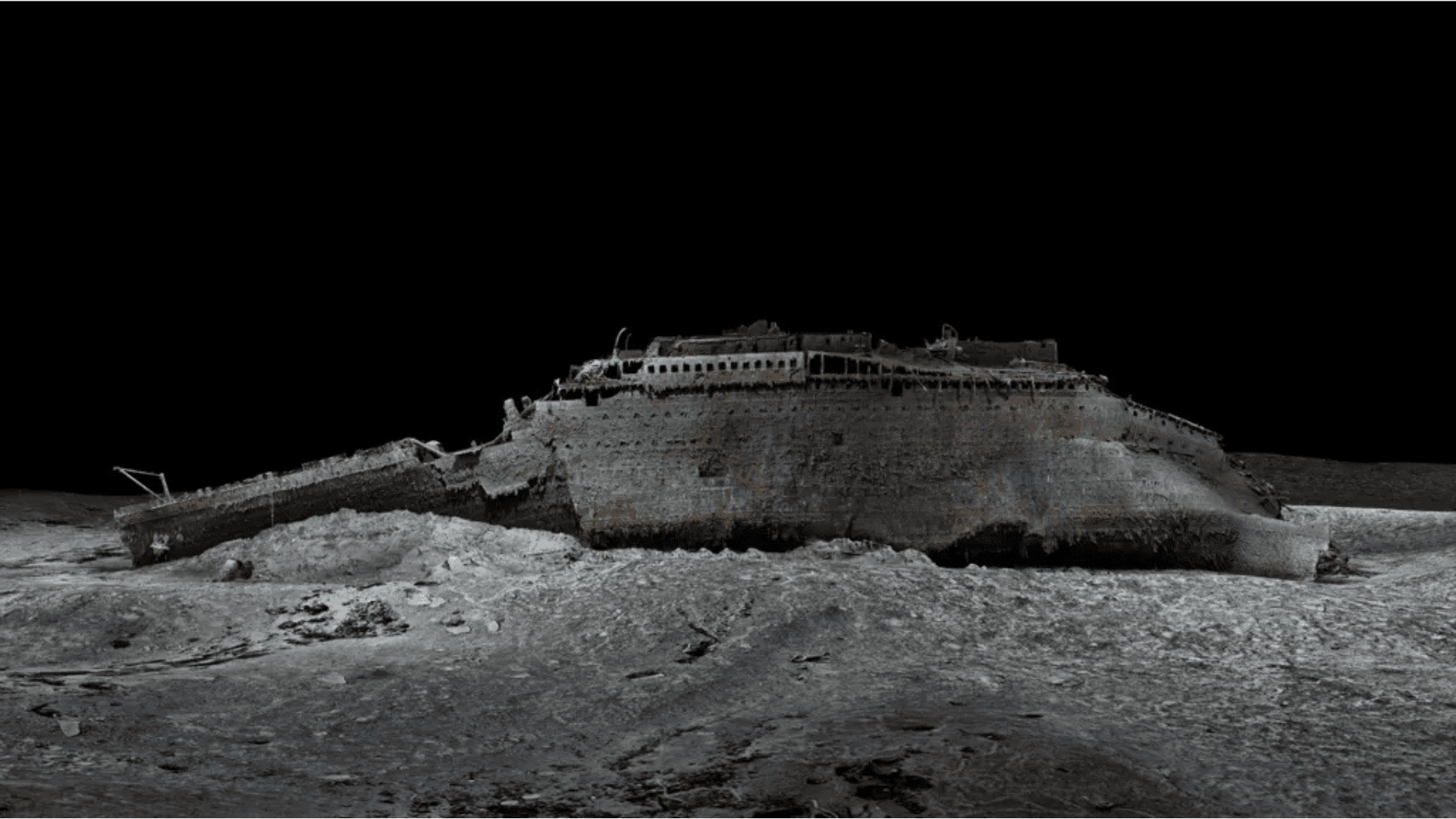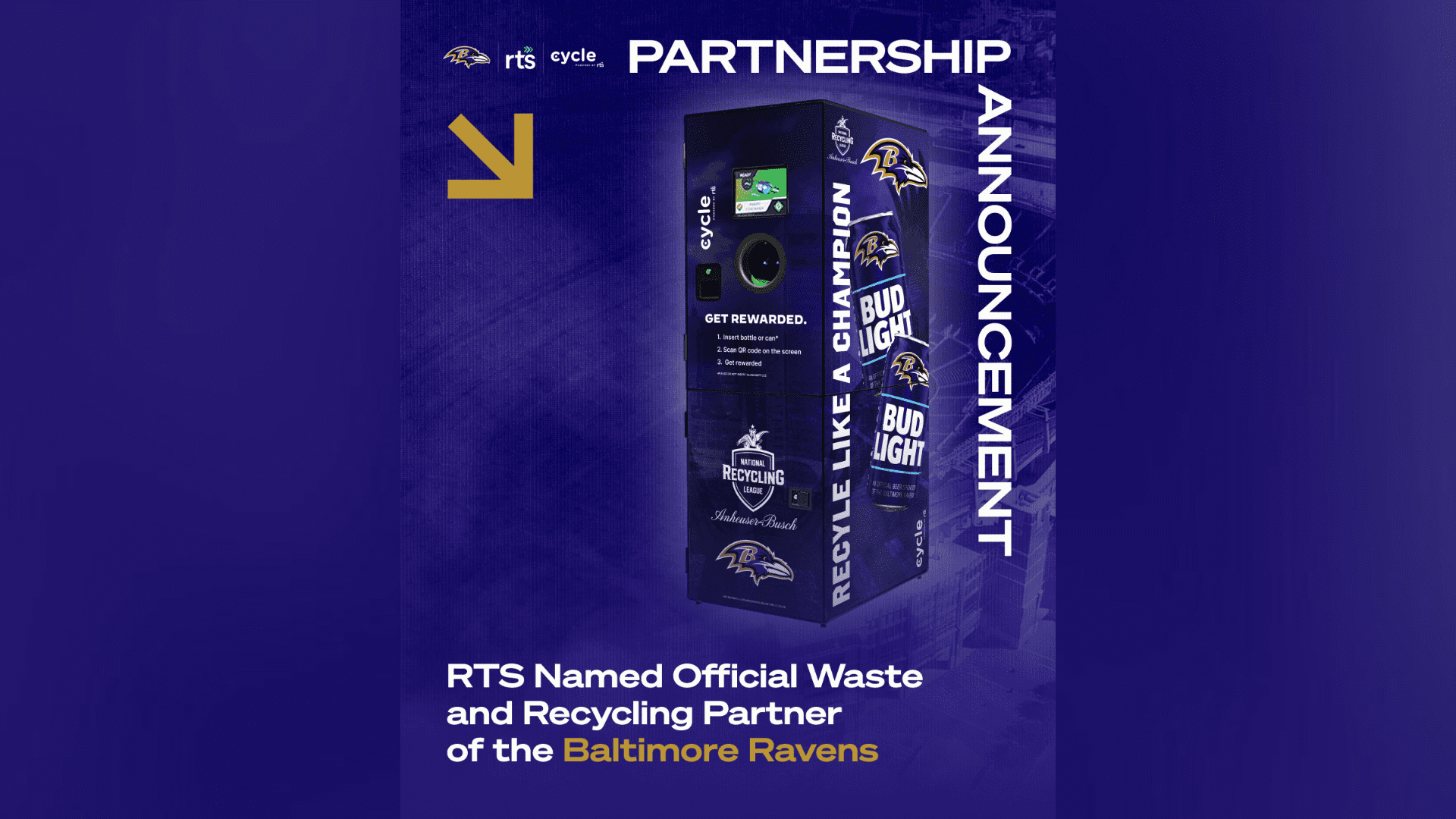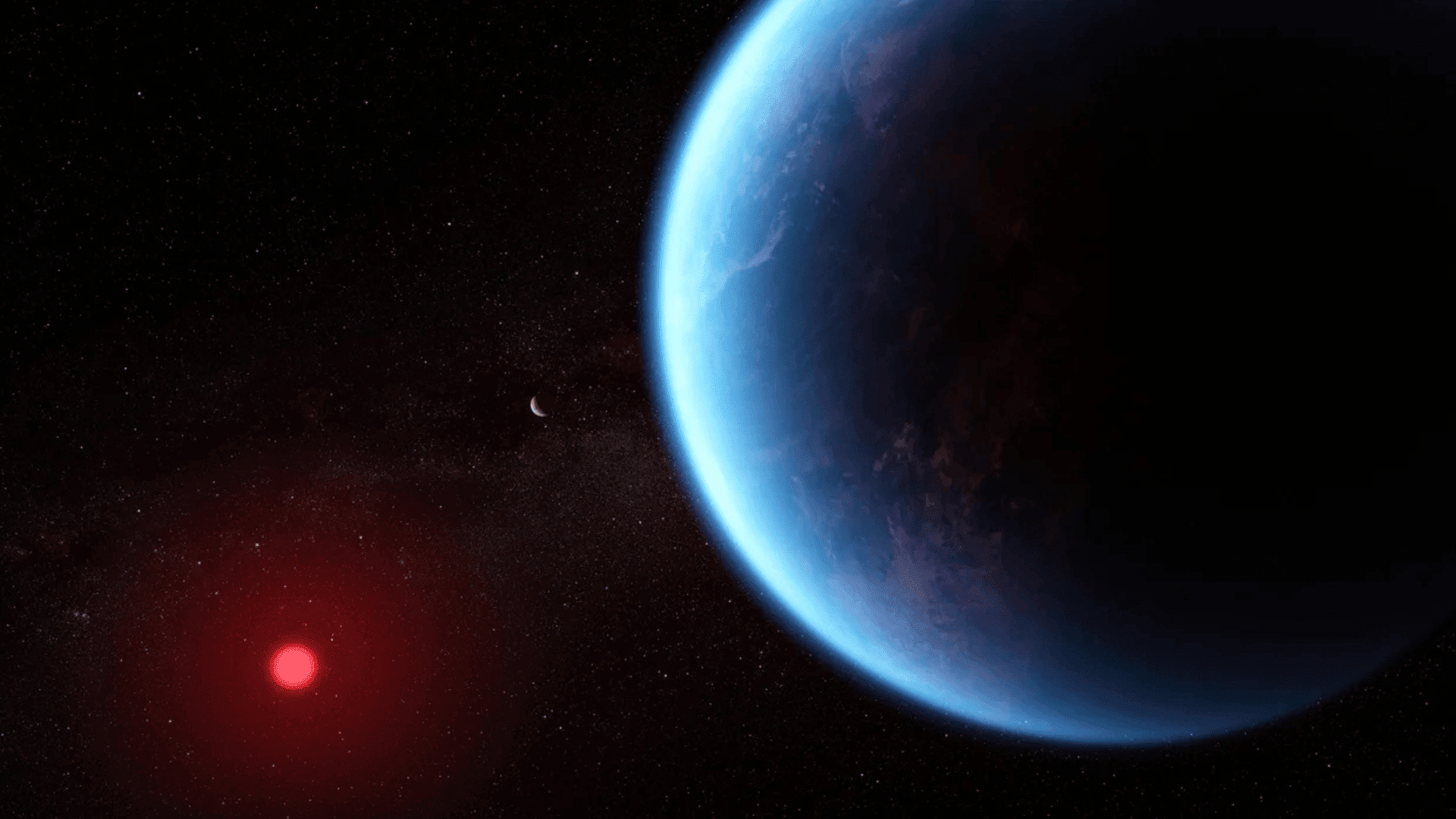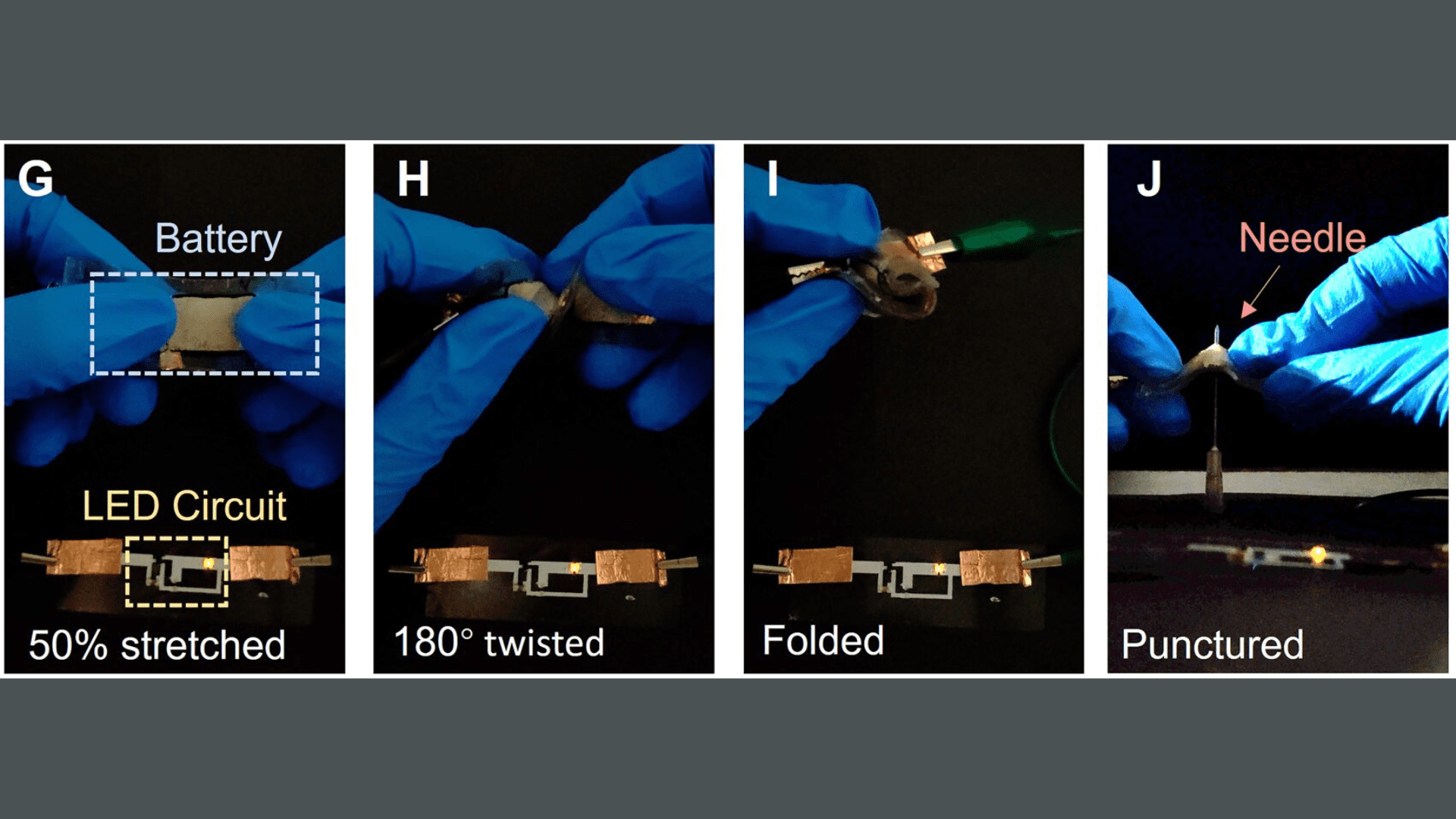Titanic researchers are learning more about the final moments of the wreckage. This is thanks to a digital twin model of the ship’s remains at the bottom of the ocean. The new insight reportedly confirms eyewitness accounts and contradicts others for the first time.
Titanic Digital Twin

For over two years now, researchers have been analyzing the digital scan of the wreckage. A new National Geographic documentary, “Titanic: The Digital Resurrection,” will give viewers a first look at the new analysis. According to Titanic analyst Parks Stephenson, it reveals the heroic final moments of the ship’s engineers.
The digital twin of the Titanic is a full-size, three-dimensional rendering of the wreckage. It’s a first-of-its-kind digital scan that allowed Stephenson and other researchers to have a life-sized view of the wreckage, which will eventually be available to the public.
“When I saw the first renders from this model, I was absolutely blown away because Titanic has never been seen like this before,” Stephenson said.
Using the model, Stephenson stood in Boiler Room 2 “where the engineers stood as they were trying to keep the power going, keep the lights on, keep the Marconi transmitter sending its distress signals until the hull literally tore apart around them and basically killed them all.”
“They did their duty right to the end,” Stephenson told USA TODAY. “That’s very powerful, and as an analyst, also it’s very informative.”
According to the interview with USA TODAY, the digital scan also contradicts the popular understanding of First Officer William Murdoch’s final moments, which are portrayed as a suicide in the 1997 film. Instead of taking his own life, Stephenson said, “he was actually loading one last lifeboat to be launched when the water overtook him and all the other men at that station to their deaths.” According to Stephenson, the digital scans support the account of one of his brother officers who saw him.
Scanning the Titanic

The scan was done in the summer of 2022 by Magellan and Atlantic Productions, as we previously reported. A remote-controlled submersible captured an astonishing 700,000 photos from all angles to create the digital reconstruction, according to an initial report from the BBC.
The digital twin of the Titanic took over 200 hours to complete. However, it paid off in the end because the resulting model apparently shows incredible detail of the wreck. Initial snapshots, like the two above, show exactly that.
Stephenson says that instead of looking at the Titanic wreckage through a porthole in the darkness at the bottom of the ocean, he can walk around the entire site and examine every angle.
“The analysis of this model has only just begun,” he said. “It’s going to have impacts for several years.”







